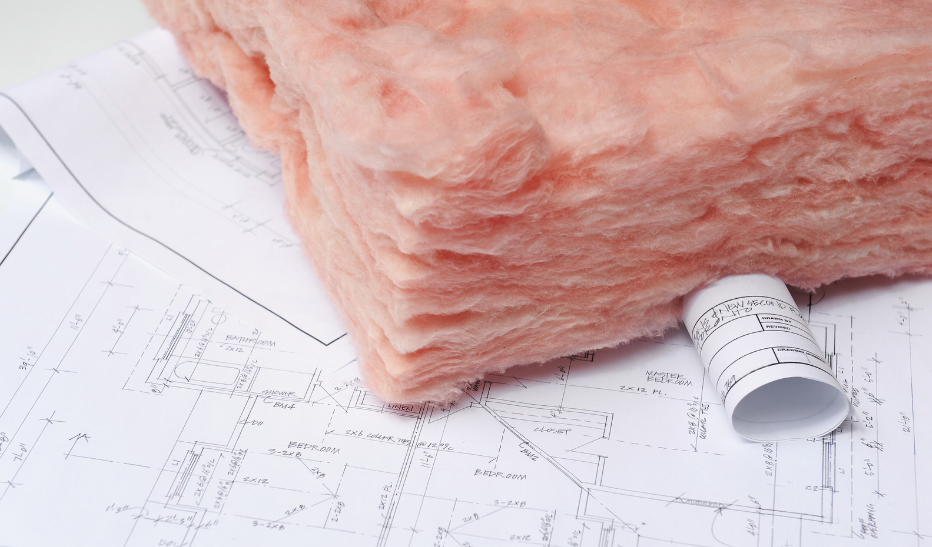A comprehensive analysis of its fire resistance and safety
There are often misunderstandings about the fire resistance of glass wool. Many people worry about its flammability, but in fact, glass wool is a highly safe non-combustible material with fire resistance far exceeding that of most traditional insulation materials.

Scientific basis for non-combustibility
Glass wool is made of inorganic glass fibers, which are not inherently flammable and will not burn even under extremely high temperature conditions. Its melting point exceeds 700°C, which is much higher than the temperature that a normal fire can reach, ensuring the integrity and stability of the glass wool structure when a fire occurs.
Stability at high temperatures
In addition to its non-combustibility, glass wool is also impressive for its stability at high temperatures. Even when exposed to high temperatures, it will not deform or lose its insulation effect, and will continue to play its due role in insulation protection. This feature is particularly important for industrial applications that need to withstand high temperature environments for a long time.
Environmental considerations for smoke control

In fire safety, the harm of smoke should not be underestimated. Glass wool performs well in combustion tests and produces almost no toxic smoke, which greatly reduces the interference of fire on personnel evacuation and rescue operations, and also reflects its responsibility as an environmentally friendly material.
Complies with international fire protection standards
The fire resistance of glass wool has been widely recognized by international authoritative organizations and complies with many international fire protection standards, such as the European Euroclass A fire protection standard, providing users with solid protection in terms of safety.


